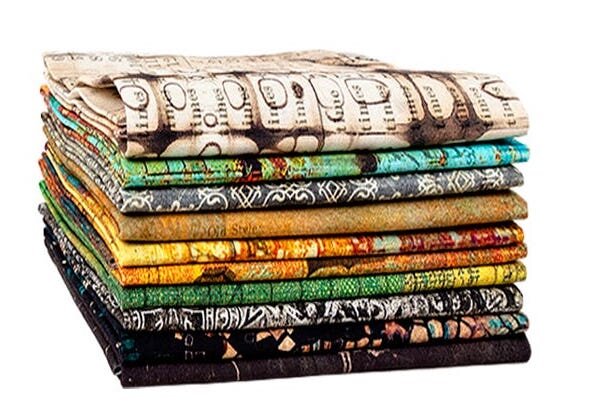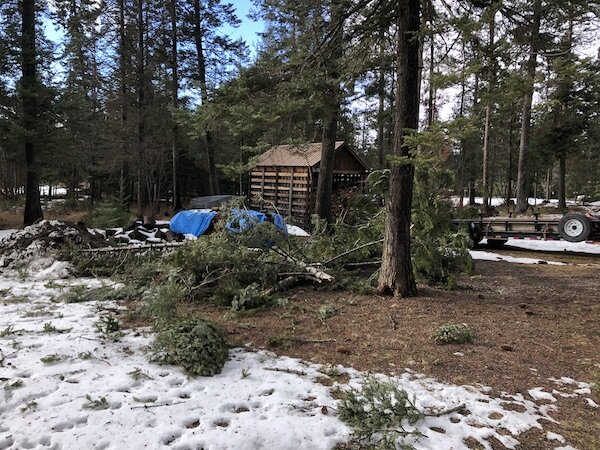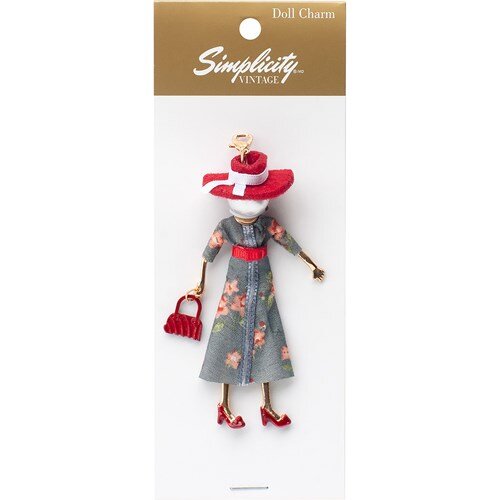Where Are the Widebacks?
PSA: The construction stuff has been moved over to the blog on the husband’s website. Check that one out if you haven’t yet.
***********************************************
I haven’t sewn much over the past two days because I’m trying to catch up on stuff I let slide while I was working on two quilts.
[See previous comment about staff.]
In any case, I can’t sustain that level of focus indefinitely, and time spent on other tasks is useful for mental housekeeping. My brain fills up with ideas that need to percolate.
I went to town yesterday in search of a backing for Cobbles and Pebbles. That quilt is big enough that I do not want to piece together three 3-yard lengths of regular quilting cotton, so I confined my search to the 108” wide fabrics. After visiting four fabric stores, I had to admit defeat and order it online. Several of the stores had widebacks that were perfect in both color and pattern, but there were only 1-2 yards left on the bolt.
Sigh. At that point, it might be a good idea to make it a remnant. A 36” x 108” piece of fabric isn’t useful for backing much besides a table runner.
I did get some fabric to use as a narrow border for Cobbles and Pebbles. I also picked up a set of half-circle rulers:
I bought a set of Bernina rulers a few weeks ago, which I like, but the circle templates aren’t very big. These should do nicely for what I have in mind.
The selection of rulers out there is mind-boggling. The quilt store where I bought the Q20 has a display that is probably six feet long and three feet high filled with nothing but different kinds of rulers—mostly Handi-Quilter ones but also a few Amanda Murphy and Angela Walters rulers as well. I am only going to buy them if and when I need them. I like ruler work, but I am not obsessed with it.
I added this Amanda Murphy book to my library:
She’s a Bernina ambassador and has some good YouTube videos on using rulers with the Q20.
It’ll be a week or so, at least, before the backing arrives and I can baste and quilt Cobbles. The pattern for Noon and Night is laid out and is being reviewed. I’ve got a couple of charity quilts basted and ready to quilt. I am going to start working on my Urban Chickens embroidery pattern, which was my reward for finishing Noon and Night. And every morning, I spend half an hour or so playing around with new quilt designs in EQ8.
***********************************************
Elysian has turkeys in with her chickens, including this very handsome Bronze Breasted tom:
I like to watch him strut around the chicken yard. He tries to woo the hens, who don’t appear to be as impressed with him as I am.


















































